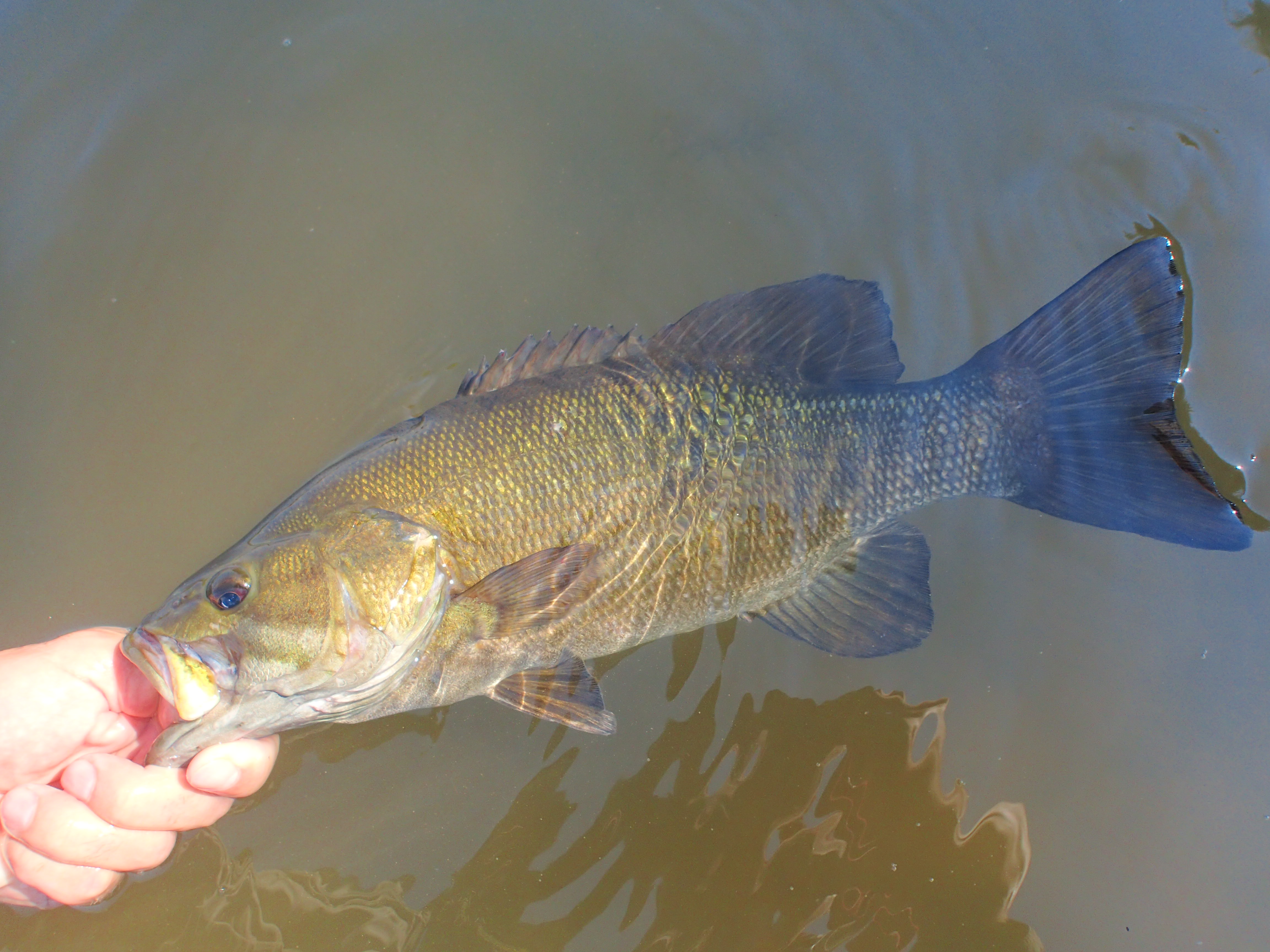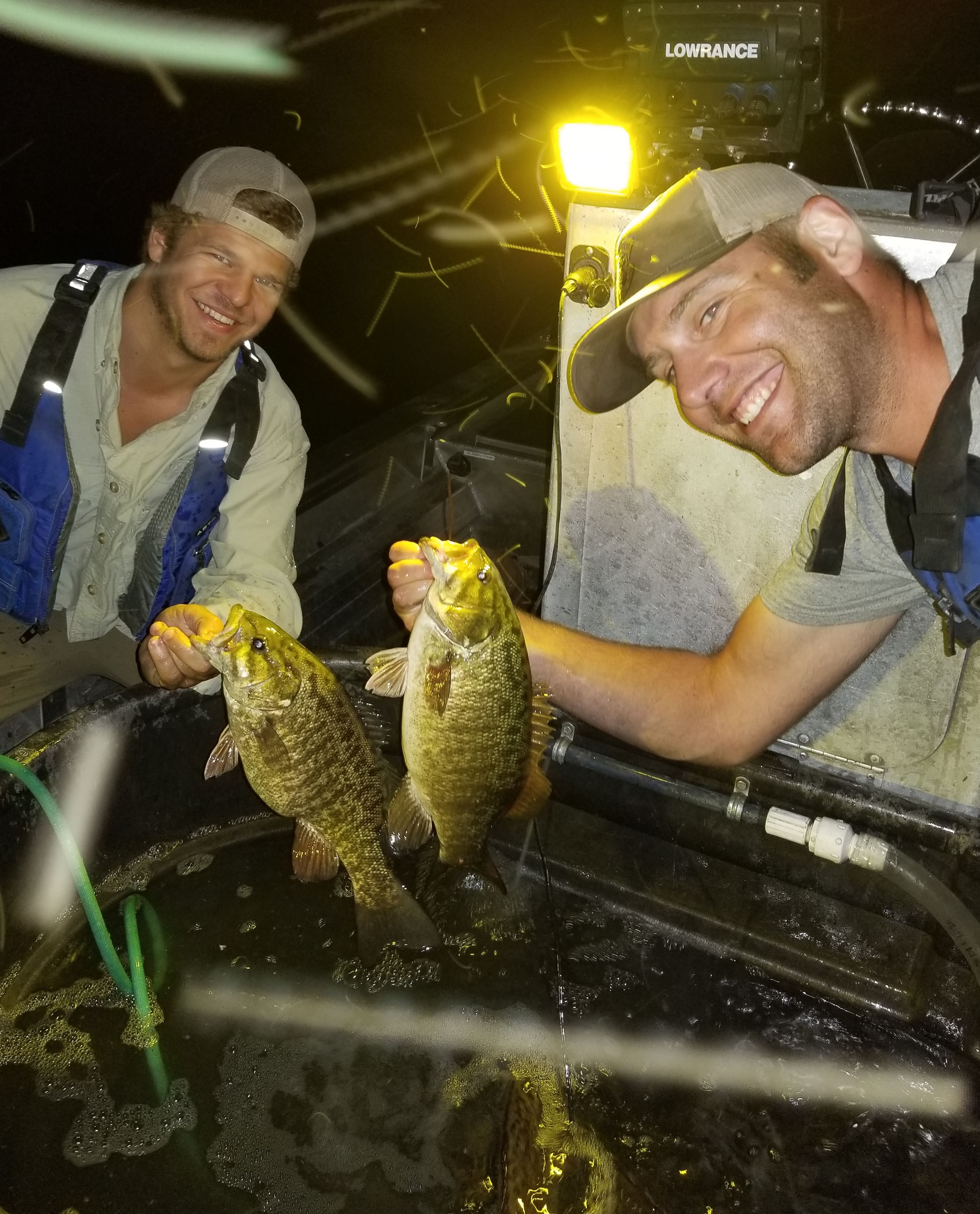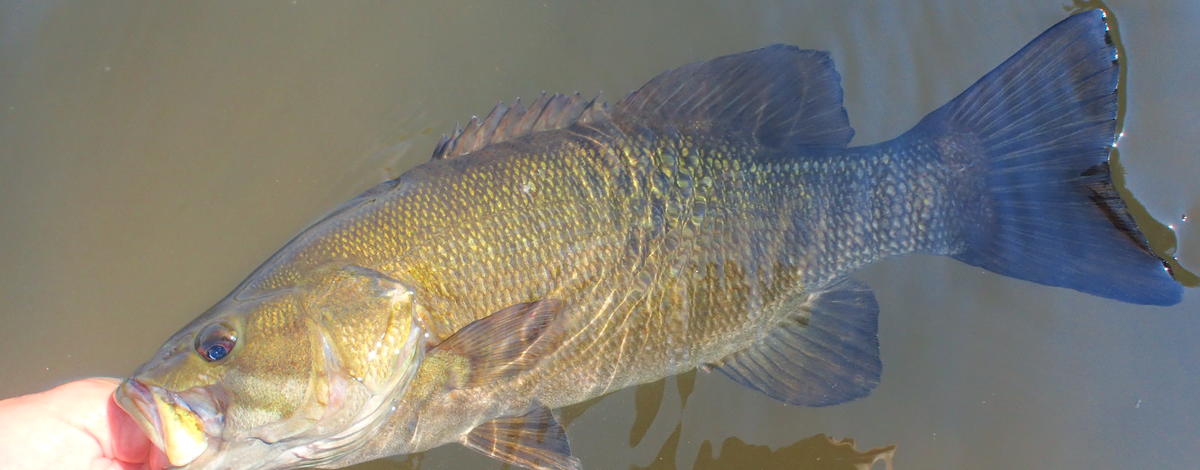
The lower Payette River between Black Canyon Dam and its confluence with the Snake River was known for supporting a robust smallmouth bass population prior to the winter of 2012-13. In early February of 2013, a sediment release from Black Canyon Dam lead to a fish kill. A fish population survey conducted after the event indicated the smallmouth population decreased by approximately two-thirds compared with numbers only a few years prior (2009).
Smallmouth bass are a popular sport fish found throughout much of Idaho. Initially introduced in the mid-1900s to create new fishing opportunities, smallmouths have gradually expanded their range, which now includes the Snake, Boise, Payette and Weiser rivers. In those rivers, smallmouths have moderate-to-fast growth rates and take about 4-5 years to grow to 12 inches. Large individuals may exceed 20 inches and 5 pounds after 8 to 9 years. Anglers target smallmouths because of their aggressive nature, and they can provide excellent catch rates when numbers are moderate to high.
Other common game fish species, such as channel catfish and mountain whitefish, also declined in the lower Payette River when compared to 2009. Fishing reports from anglers mimicked these trends, and indicated a general decline in fishing quality, especially near Emmett.
After much negotiation, Fish and Game and the Bureau of Reclamation agreed on a financial settlement and developed a mitigation plan related to the sediment release to address concerns raised by anglers, help rebuild fish populations and increase recreational access along the lower Payette River.

In order to determine whether smallmouths recolonized, or rebuilt their numbers naturally, Fish and Game conducted electrofishing surveys in June of 2018. Fisheries staff electrofished 12 sites between Plaza Bridge (near Emmett) and approximately 2 miles above the confluence of the Snake River.
Biological information, such as fish species, length, and weight data were collected from stunned fish, which were then released back into the river.
Smallmouth bass catch per unit effort (CPUE) at the 12 sites, ranged from 0 to 25 fish per hour of electrofishing. The average CPUE was 84 percent lower when compared with the 2009 survey. However, not all species were found to be less abundant. Mountain whitefish population appeared to rebound to similar to the 2009 survey.
The 2018 survey results indicated that the smallmouth population could use assistance to return to abundances of the mid-2000s. To hasten population rebuilding, Fish and Game began electrofishing and transporting smallmouths from various locations on the Snake River. As of October 3, Fish and Game crews transferred 850 smallmouths to the lower Payette River. The goal is to transfer 1,000 smallmouths with the hope that many of these fish will spawn next spring and contribute to rebuilding this important and popular fishery.


